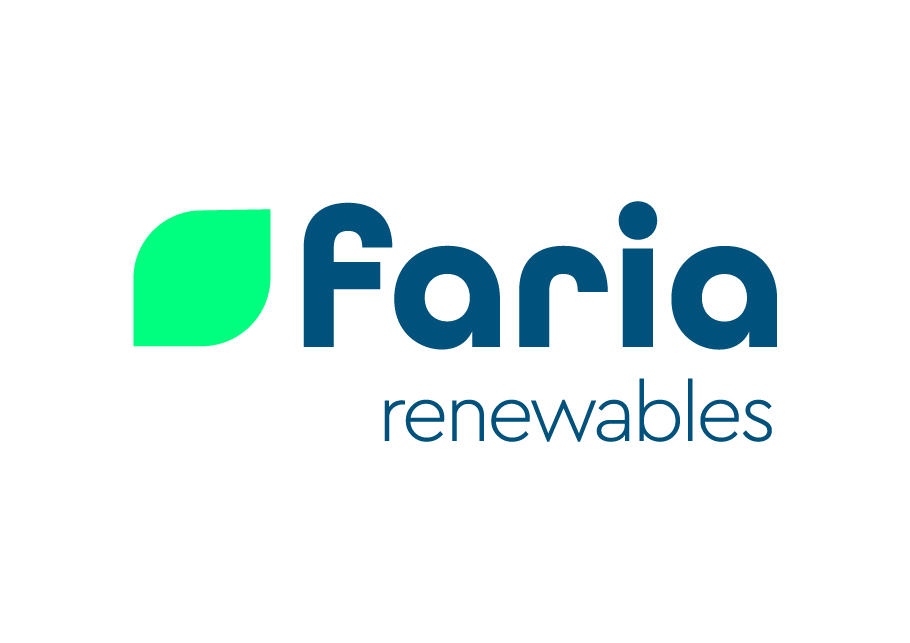The role of research in the Energy Transition
The Energy Transition, pivotal in shifting to sustainable energy sources, relies on multifaceted research. From technological innovation and policy frameworks to environmental impacts and social behavior, research drives advancements. It enhances efficiency, informs policy, assesses environmental impacts and fosters public acceptance. Collaborative, interdisciplinary efforts underpin long-term planning and global cooperation. The role of research in navigating the complex journey towards a more sustainable, reliable, and affordable energy landscape is the cornerstone.
Key characteristics of Energy Transition
In the exploration of continuous shifts within sectors like energy and transport, various research fields and perspectives have been associated with the subject on public debate. Notably, transition research has gained significant attention in recent years. This field emerges from the convergence of innovation research, evolutionary economics, science and technology studies, sociology and technological history. Embracing a systemic approach, it enhances the interconnected nature of social, technical, institutional and political transformations. Additionally, it underscores the impact of historical variations and actions, emphasizing the likelihood of conflicts among involved stakeholders. Public policies have a significant role in driving sustainability transitions by addressing complex, ambiguous "wicked problems." These transitions involve diverse societal preferences, unpredictable technological advancements, and unclear solutions, leading to unintended consequences and conflicts. Sustainability transitions are heavily influenced by societal values on environmental, social, and economic aspects, often creating challenges in decision-making and trade-offs. The transition methodology varies significantly across regions and sectors due to diverse social values, political systems, industries, resources, and practices, resulting in different pathways even within the same sector."
Comparing the initial and new phases of the Energy Transition
Phase 1 of the energy transition marks the rise of emerging technologies, particularly in the renewables sector. Even when being immature, such technologies are supported by public policies and applied in pilot projects and specialized fields due to their inability to compete with established technologies.
In Phase 2, the transition accelerates across all dimensions. Some Phase 1 technologies, mostly wind and solar, mature significantly and undergo rapid global diffusion, becoming substantial industries. Simultaneously, this phase witnesses the decline of existing energy generation technologies, while also giving rise to new complementary technologies in areas like energy storage, energy carriers, grid management, and multi-energy conversion.
Implications for research, policymaking and the role of energy storage
Promoting the transition, challenges existing frameworks due to complex multi-technology interactions and rapid, nonlinear diffusion dynamics. Future research must address these complexities, focusing on balance between versatile technologies and downgrading established systems, often overlooked in prior innovation studies. Understanding the politics of transitions, especially incumbent resistance, necessitates collaboration between energy-transition scholars and political scientists. Additionally, the state legislative authorities will have to adapt readily and efficiently to the transition requirements so that potential obstacles may be confronted because, after all, jobs creation is the important factor for citizens. Revising frameworks and adopting varied research methods, including comparative cross-border and cross-technology studies, is crucial for understanding the comprehensive fundamentals of these evolving energy transition dynamics. As the transition advances, there's a shift towards reducing policy backing for mature technologies like wind and solar, while there's a growing need for support in emerging complementary technologies such as storage, demand-side management, and electric vehicles. In short, the government, the regulatory agencies, the research establishments, the Universities, the public and private firms should be aware and ready to cooperate closely for a positive transition result.
The shift toward achieving climate neutrality by 2050 underscores the central role of energy, responsible for over 75% of the EU’s current greenhouse gas emissions. Research and innovation play a key role in providing the necessary solutions and system changes. Enhancing the efficiency of the entire renewable energy supply chain and infusing sustainability and circular practices throughout it is imperative. Simultaneously, the development and showcasing of groundbreaking renewable energy technologies and energy storage solutions are essential. Carbon capture and storage are vital in addressing remaining emissions, especially on countries with high allocations of European Structural and Investment Funds. Clean hydrogen emerges as a crucial player in long-term energy storage and in mitigating greenhouse gas emissions, especially in sectors that prove challenging to decarbonize with existing solutions, such as heavy-duty and long-distance transportation and carbon-intensive industries. The Repower EU initiative envisions the establishment of a Hydrogen Accelerator with more ambitious objectives for renewable hydrogen, surpassing the targets set by the Green Deal Hydrogen Strategy.
The establishment of electric energy storage mechanisms, encompassing a spectrum of technologies such as batteries, pumped hydro storage and hydrogen-based systems and fuels(e-fuels), is a pivotal importance in the contemporary energy landscape. It is crucial to recognize the capabilities and compatibility of these diverse technologies to ensure their harmonious integration within the existing energy infrastructure. Efforts must be directed towards meticulous technological evaluation to identify the most suitable and efficient energy storage technologies. This approach necessitates in-depth research, comprehensive analysis and robust application synthesis like the state-of-the -art research project “H2-HUB” of CERTH in Western Macedonia, as a Pilot Plant for the production of Green H2 and its applications. Moreover, the successful implementation of energy storage technologies is contingent upon the development of a financing framework and a supportive regulatory environment. Adequate financial resources and investment mechanisms must be established to facilitate the deployment of these technologies at scale. Concurrently, an appropriate regulatory framework should be put in place to ensure safety, reliability and compliance with environmental and legal standards.

































